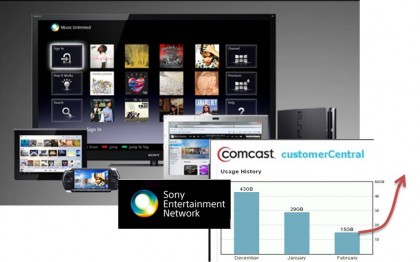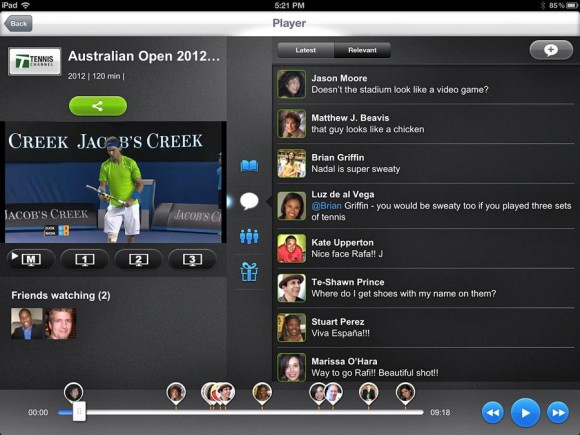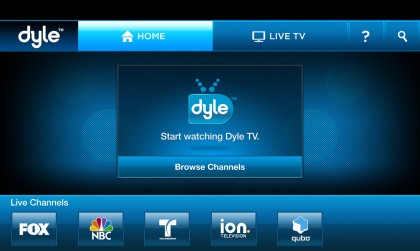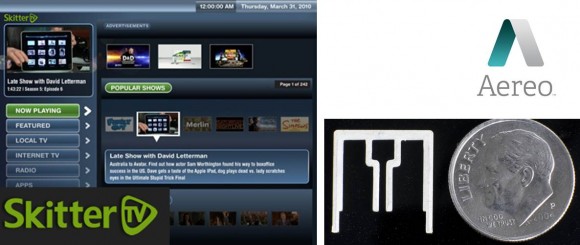
Last fall The Wall Street Journal reported that Sony had plans to launch an Internet-based video service. Now there’s word from Variety that the company is holding off. Apparently it’s not the content licensing deals that Sony’s worried about, but bandwidth caps. At an industry conference yesterday, Sony VP and GM Michael Aragon noted: “These guys have the pipe and the bandwidth. If they start capping things, it gets difficult.”
So here we are, storming into another battle over bandwidth caps. Sony isn’t the only one complaining. Netflix and several others have also raised a red flag because Comcast has said that use of its Xfinity app on the Xbox won’t count against users’ 250GB broadband cap. In contrast, any other video streamed over the web does count against the cap. Critics are calling this a net neutrality foul, and Comcast is countering that Xfinity streaming is different from other services because it’s delivered over a managed network rather than the Internet. It just so happens that both networks are IP-based.
There is a serious discussion to be had here, but it’s a difficult one, and it’s complicated by many factors most people aren’t aware of – like how cable networks are evolving. As a first step to untangling the problem, I have one wild suggestion. Let’s start monitoring how much bandwidth cable companies are devoting to managed IP services versus public Internet service. I’m not saying we should regulate that ratio… at least not yet. But let’s monitor it. We don’t want the Internet side of the pipe to get shortchanged, and if there’s more bandwidth available for public Internet service, there should be less pressure to cap usage.


